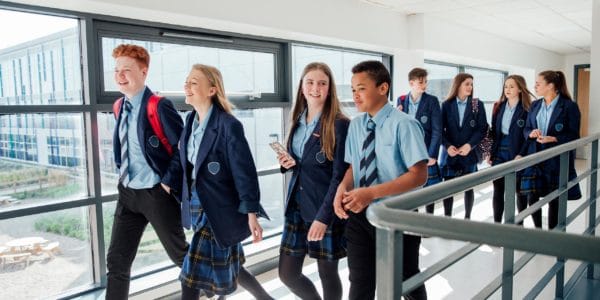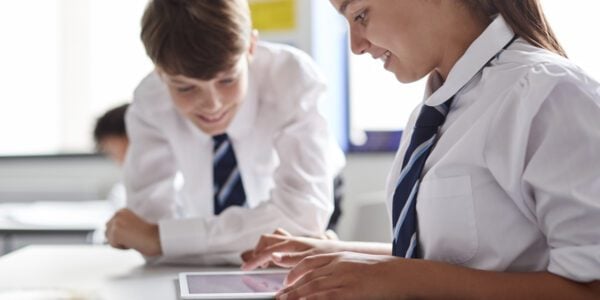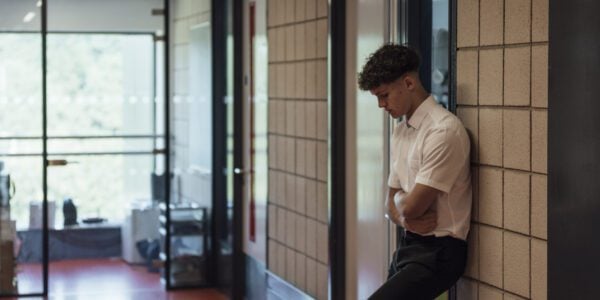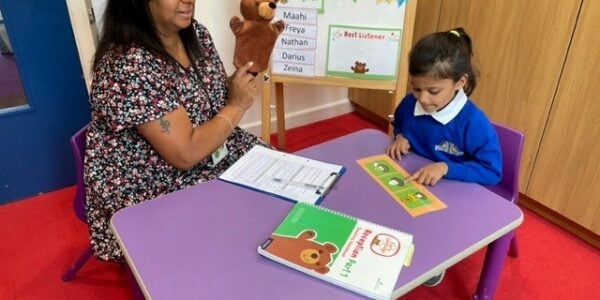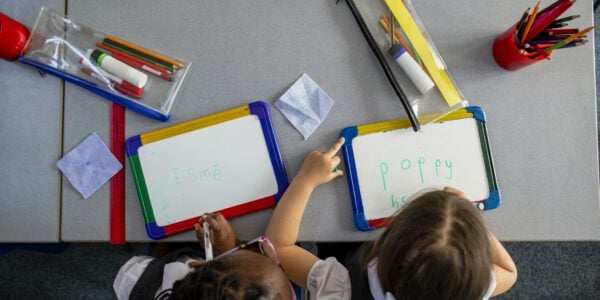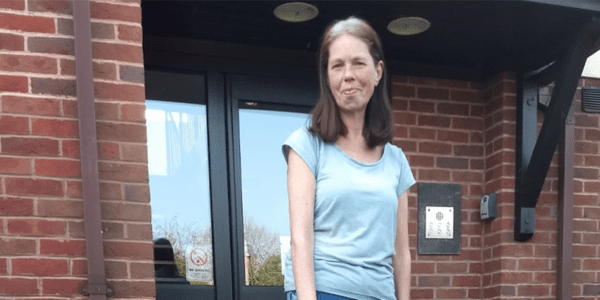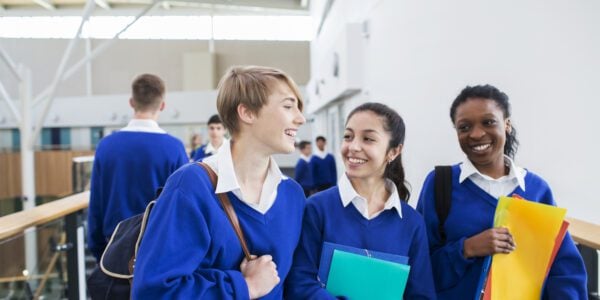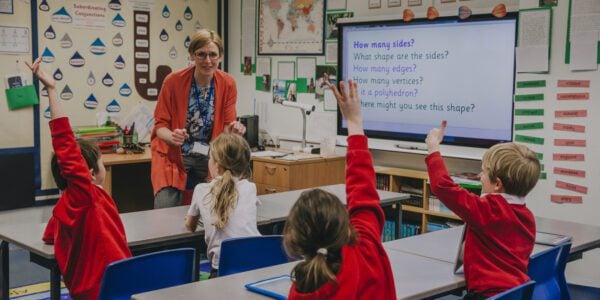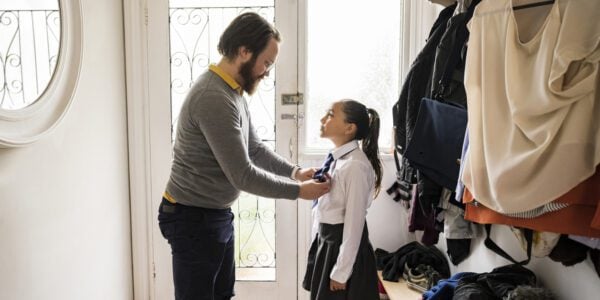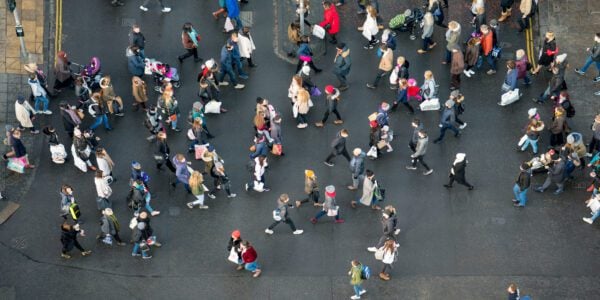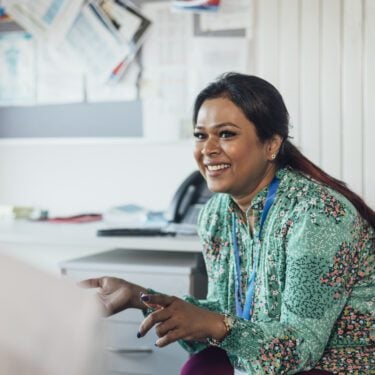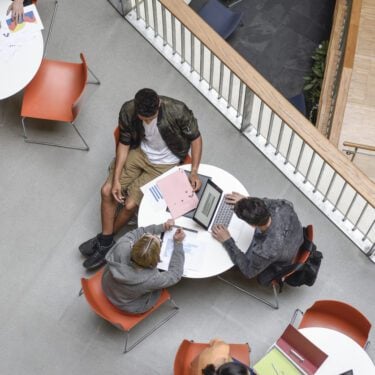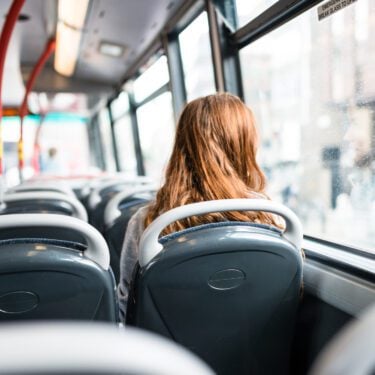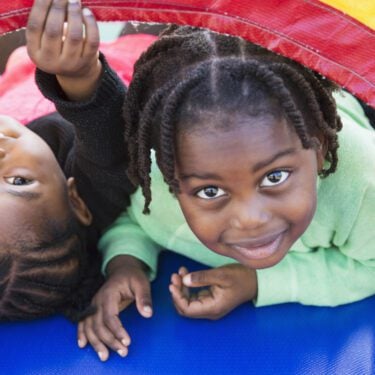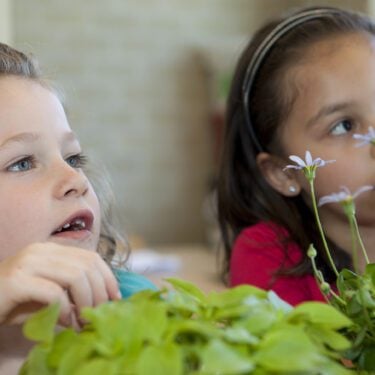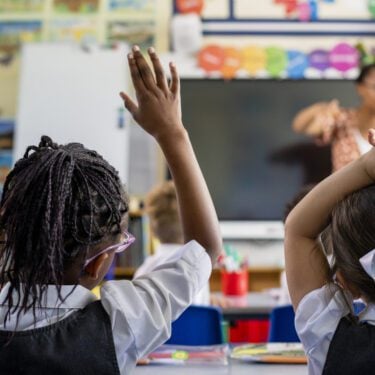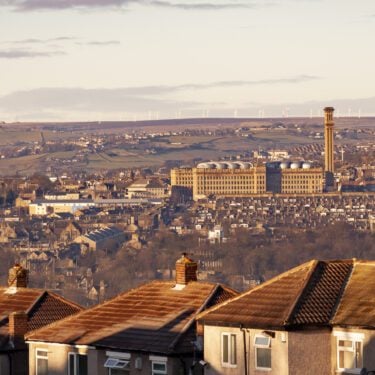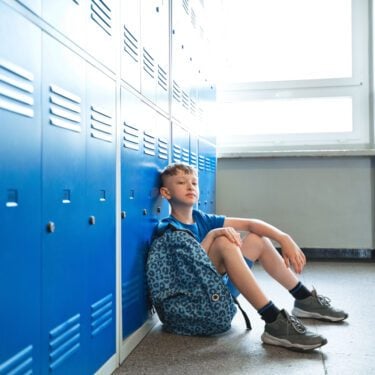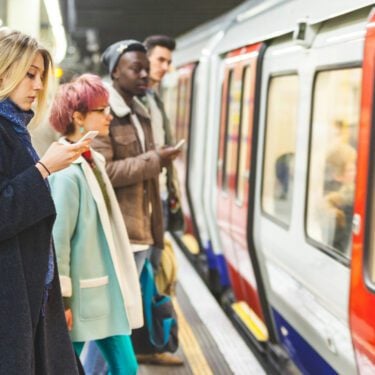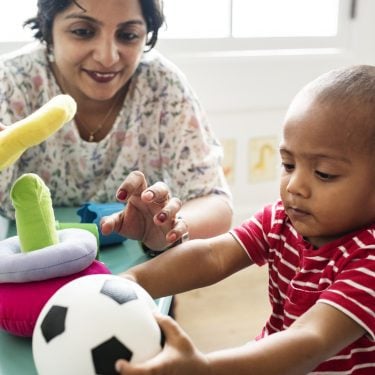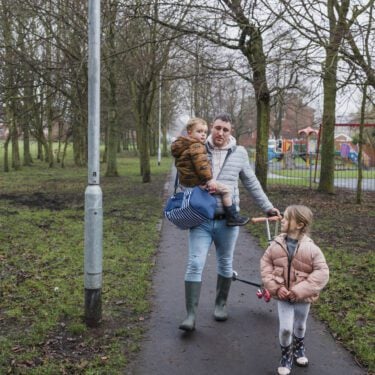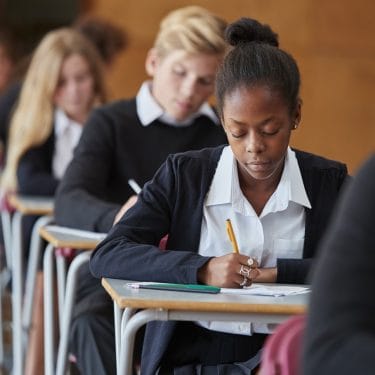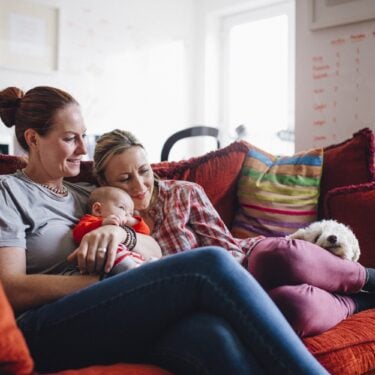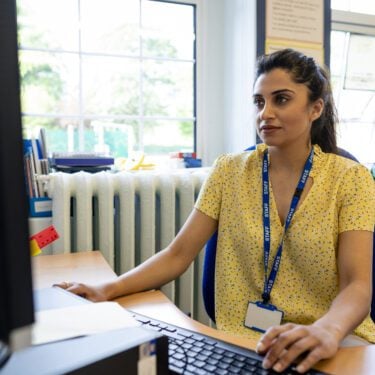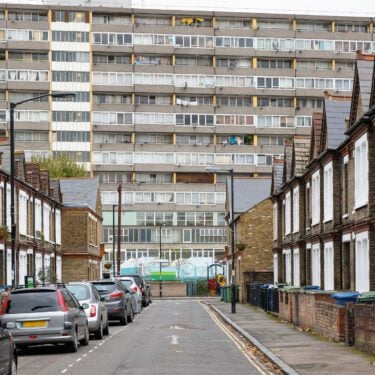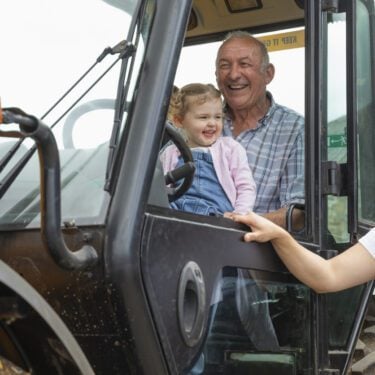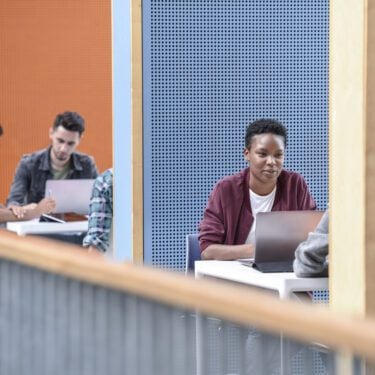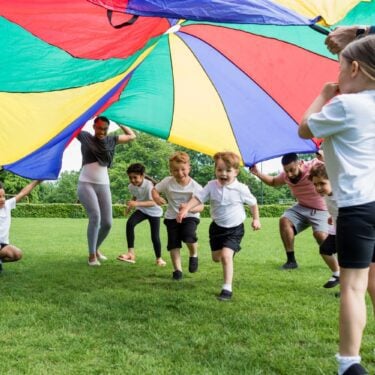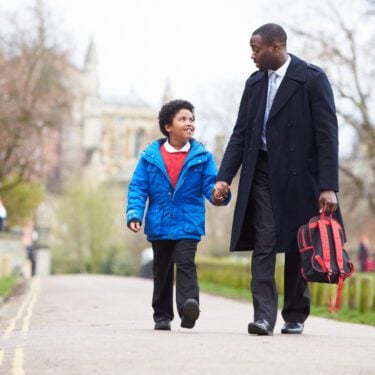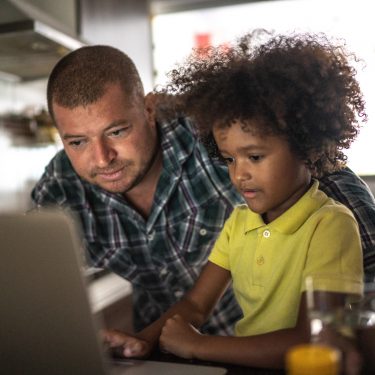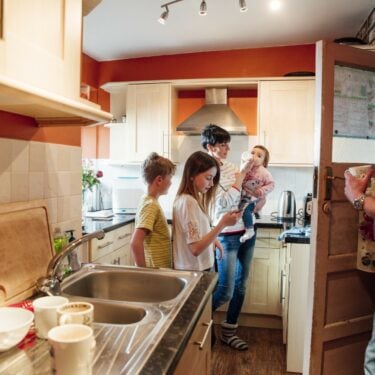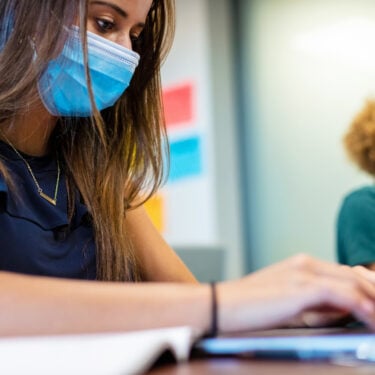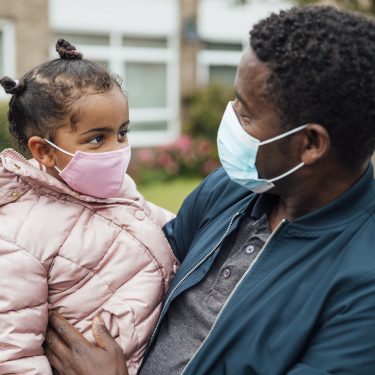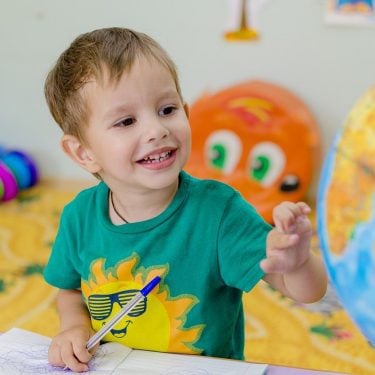The IFS has published the schools chapter of its 2019 Annual Report on Education Spending in England, funded by the Nuffield Foundation.
Main findings
- Total school spending per pupil in England has fallen by 8% in real terms between 2009–10 and 2018–19. Reversing these cuts would cost £4.7 billion a year by 2022–23.
- School spending per pupil has fallen fastest since 2015–16. It fell by 5% in real terms between 2015–16 and 2019–20, which includes a small fall of 0.5% in 2019–20. Reversing these cuts would cost £3.3bn by 2022–23, or by £2.7bn if done straight away in 2020–21.
- The Prime Minister has previously committed to provide at least an extra £4.6bn in school funding by 2022–23. This would be about enough to reverse past cuts of 8% since 2009–10 in that year. Anything more than this would equate to a real terms increase in school spending per pupil.
The IFS has released the chapter early in order to inform debate in the lead-up to the Spending Round, to be announced on September 4th. The main report will be launched on September 19th; it will include analysis of early years, further education, sixth form and higher education spending.
Detailed findings
- The bulk of funding cuts since 2009 results from a 57% reduction in spending per pupil on services provided by local authorities and from a more than 20% cut in sixth form funding per pupil;
- Growth in teacher numbers has failed to keep pace with rising pupil numbers. Whilst primary school teacher numbers have risen by 11% since 2010, pupil numbers have grown by 17%. This has led to a small rise in average class sizes from 26 to 27 pupils.
- In secondary schools, teacher numbers have fallen by 20,000 or by just under 10% between 2010 and 2018. With no net change in pupil numbers, average class sizes have risen from 20 to 22 pupils.
- Teaching Assistant numbers continue to rise in primary schools. The number of teaching assistants (TAs) in primary schools has risen by around 50,000 or 40% since 2010, having more than doubled from 50,000 to 125,000 between 2000 and 2010. This may reflect changing head teacher views on the best mix of staff in primary school. It may also reflect the fact that TAs tend to be cheaper to employ than teachers. TA numbers in secondary schools have fallen by about 13% since 2011.
- Employer pension contributions. This analysis excludes the effect of the rise in employer pension contributions from 16% to 24% of gross salaries, which takes effect for schools from September 2019. Schools will be compensated for this rise in the current financial year. Continuing this compensation beyond this year will cost a further £1.5bn per year on top of any other funding commitments.
- Reversing cuts to school sixth form funding per student since 2010–11 would cost about £670m in extra spending in 2020–21.
- Reversing cuts to further education and sixth form colleges for students 18 or under would cost about £640m that year.
Protecting other areas of education spending. These costs all relate to pupils aged 5-16 in schools. Our annual report, to be released later this month, will show that:
- Reversing cuts to school sixth form funding per student since 2010–11 would cost about £670m in extra spending in 2020–21.
- Reversing cuts to further education and sixth form colleges for students 18 or under would cost about £640m that year.
School spending per pupil highest in Scotland, lowest in Northern Ireland
- Total school spending per pupil was about £6,600 in Scotland in 2018-19. This is £600 higher than spending per pupil in England (£6,000), with spending per pupil in Wales £200 lower at £5,800. Spending per pupil was lowest in Northern Ireland, at £5,400 per pupil.
- Cuts have been largest in England and Northern Ireland, with spending per pupil falling by 8% in England since 2009¬–10 and by 11% since 2011–12 in Northern Ireland. Cuts have been smaller in Scotland (2%) and Wales (6%). This differential picture is mostly driven by the fact that England and Northern Ireland have seen large rises in pupil numbers, whilst Scotland and Wales haven’t.
Luke Sibieta, co-author of the report and Research Fellow at IFS, said “Schools have seen cuts of about 8% since 2009–10, which represents the largest and most sustained squeeze in per-pupil school spending for at least thirty years. The Prime Minister has already committed to £4.6bn of extra spending by 2022–23, which would be about enough to reverse these cuts. Anything more than this would amount to a real-terms increase in per pupil spending over 2009–10 levels.“
Josh Hillman, Director of Education at the Nuffield Foundation, said “It is essential that the public have access to impartial, accessible and independent information about the complex funding arrangements across the different stages of the education system. That is why the Nuffield Foundation has funded this analysis and the IFS’s wider review of education spending. The 8% fall in real terms spending on schools identified by the IFS has already been successful in focussing the spotlight on education spending, and today’s new analysis will facilitate a more informed debate about the government’s imminent Funding Round”.

